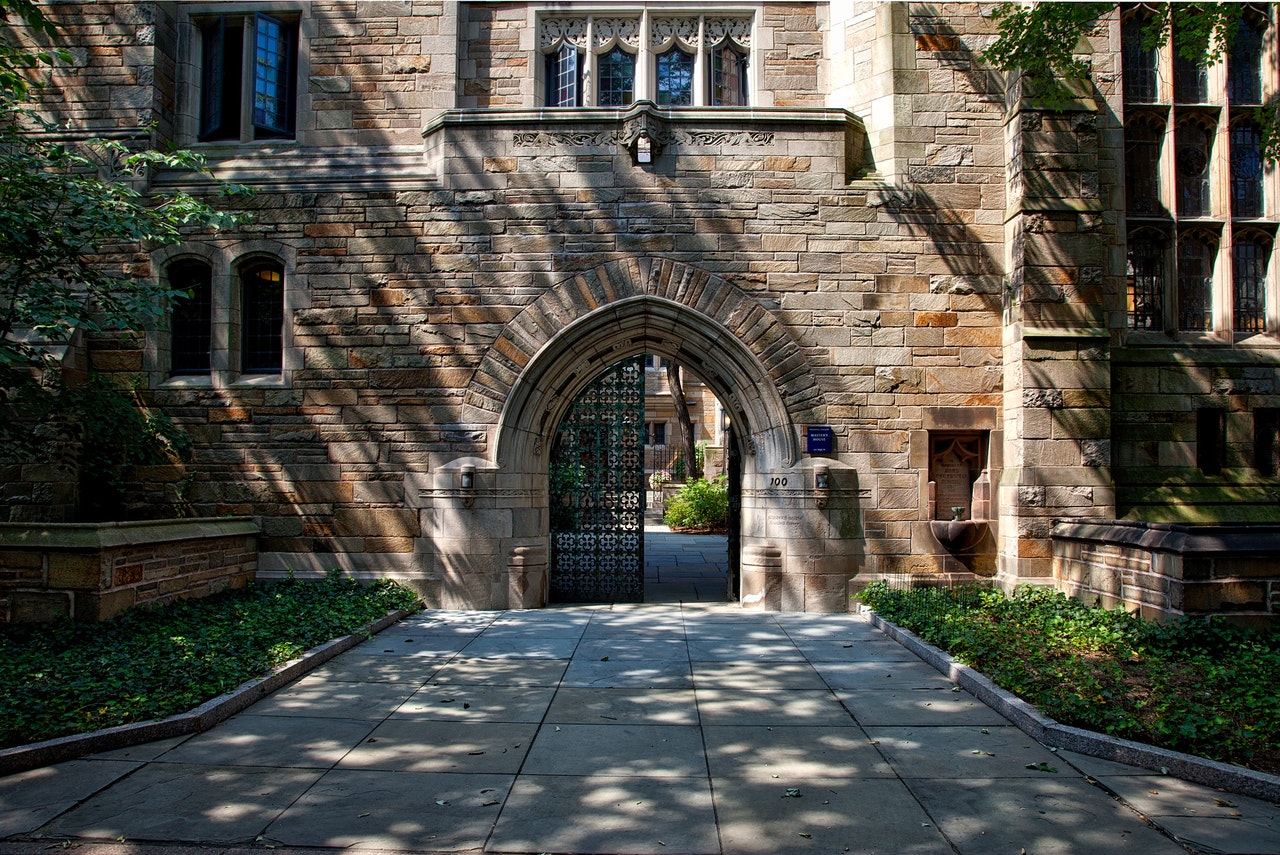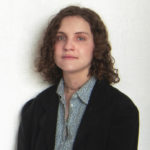Art
At the heart of the Big Bend experience lies a transformative journey in the visual arts. Our program cultivates a dynamic environment where students are encouraged to embrace multiple perspectives, challenge conventions, and navigate the rich territories of uncertainty and risk as pathways to discovery. Our curriculum, comprising rigorous studio practice and innovative coursework, is designed to foster critical thinking and interdisciplinary communication. We empower our students to articulate complex ideas through visual language and to engage with contemporary discourse in meaningful ways.
The Art Department faculty consists of recognized contemporary artists who seamlessly integrate their professional practice into the educational experience. Our facilities provide an expansive canvas for students to explore and refine their creative vision, develop conceptual depth, and hone technical mastery. Our comprehensive program offers a diverse array of courses spanning art history, two-dimensional and three-dimensional practices. Students can immerse themselves in traditional disciplines such as drawing, painting, ceramics, and sculpture, while also engaging with emerging fields like digital art and new media.
At Big Bend, we are committed to nurturing creative thinkers and visual problem-solvers across all disciplines, empowering students to enrich their lives and communities through a wide breadth of artistic applications.
Meet the Art Faculty at Big Bend
- Develop a nuanced visual literacy, enhancing their ability to critically engage with and appreciate diverse forms of visual expression throughout their lives.
- Cultivate advanced problem-solving skills and creative resilience, applying design thinking and spatial intelligence to challenges both within and beyond the artistic realm.
- Foster community engagement and cultural awareness through a deepened understanding and appreciation of local and global artistic practices.
- Gain the foundational knowledge and portfolio development necessary for successful transfer to four-year institutions or professional art schools.
- Expand their worldview by engaging with art from various cultures and historical periods, developing a global perspective on visual culture and its societal impact.
- Harness the power of visual communication to articulate complex ideas and contribute meaningfully to contemporary discourse.

- User Experience (UX) Designer
- Art Director for advertising or media companies
- Graphic Designer
- Illustrator (digital or traditional)
- Multimedia Artist or Animator
- Art Therapist (with additional certification)
- Museum Curator or Gallery Manager
- Art Teacher or Professor (with appropriate credentials)
- Concept Artist for film, gaming, or entertainment industries
- Freelance Artist or Fine Artist
- Industrial Designer
- Visual Merchandiser or Exhibition Designer
These career paths leverage the creative, technical, and critical thinking skills developed through an art degree. It’s worth noting that many art graduates find success in interdisciplinary roles that combine artistic skills with other fields like technology, marketing, or social services. The adaptability and innovative thinking fostered by art education can be valuable in various industries beyond traditional art-centric careers.
For job shadows, tours, and internships, check out the Career Services.







